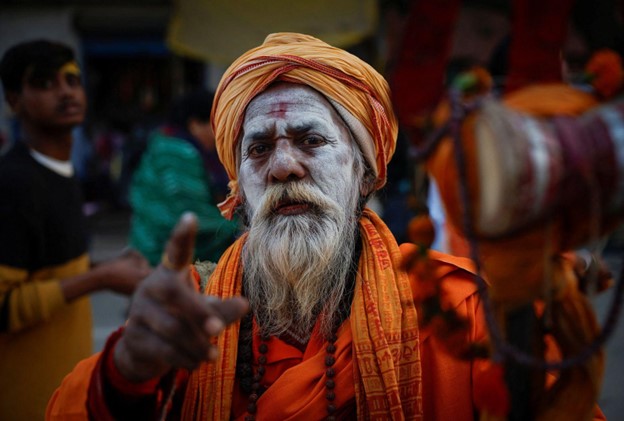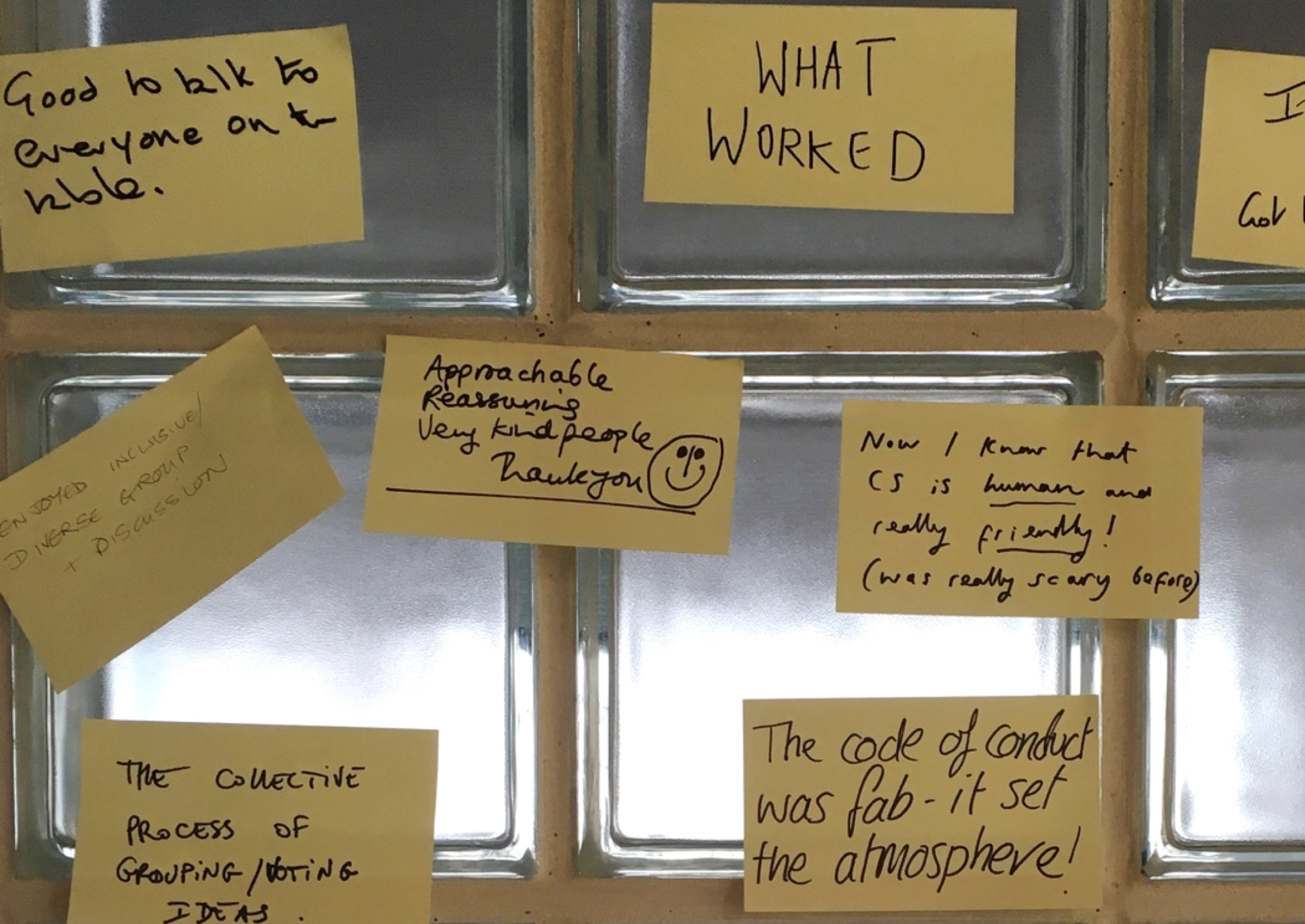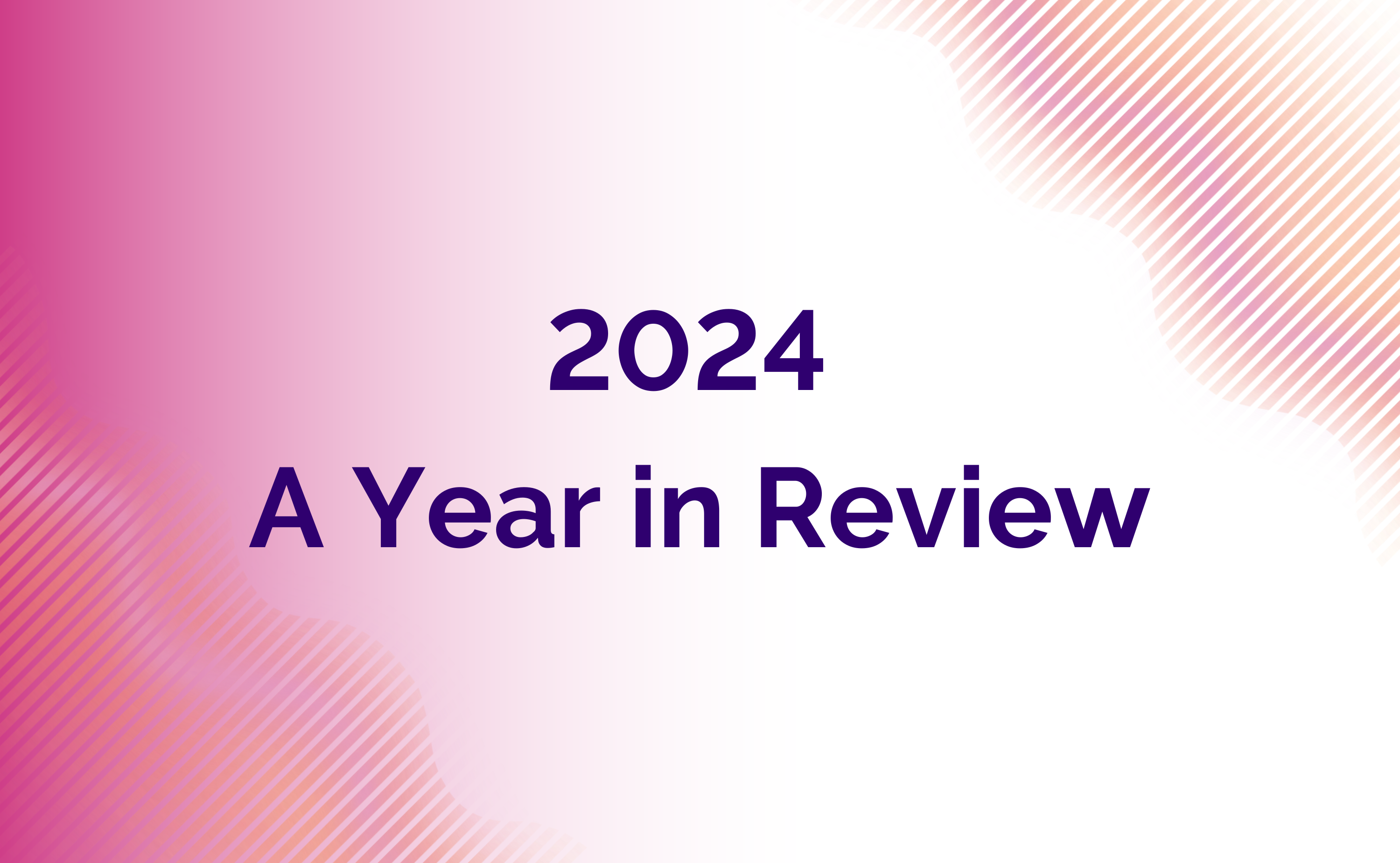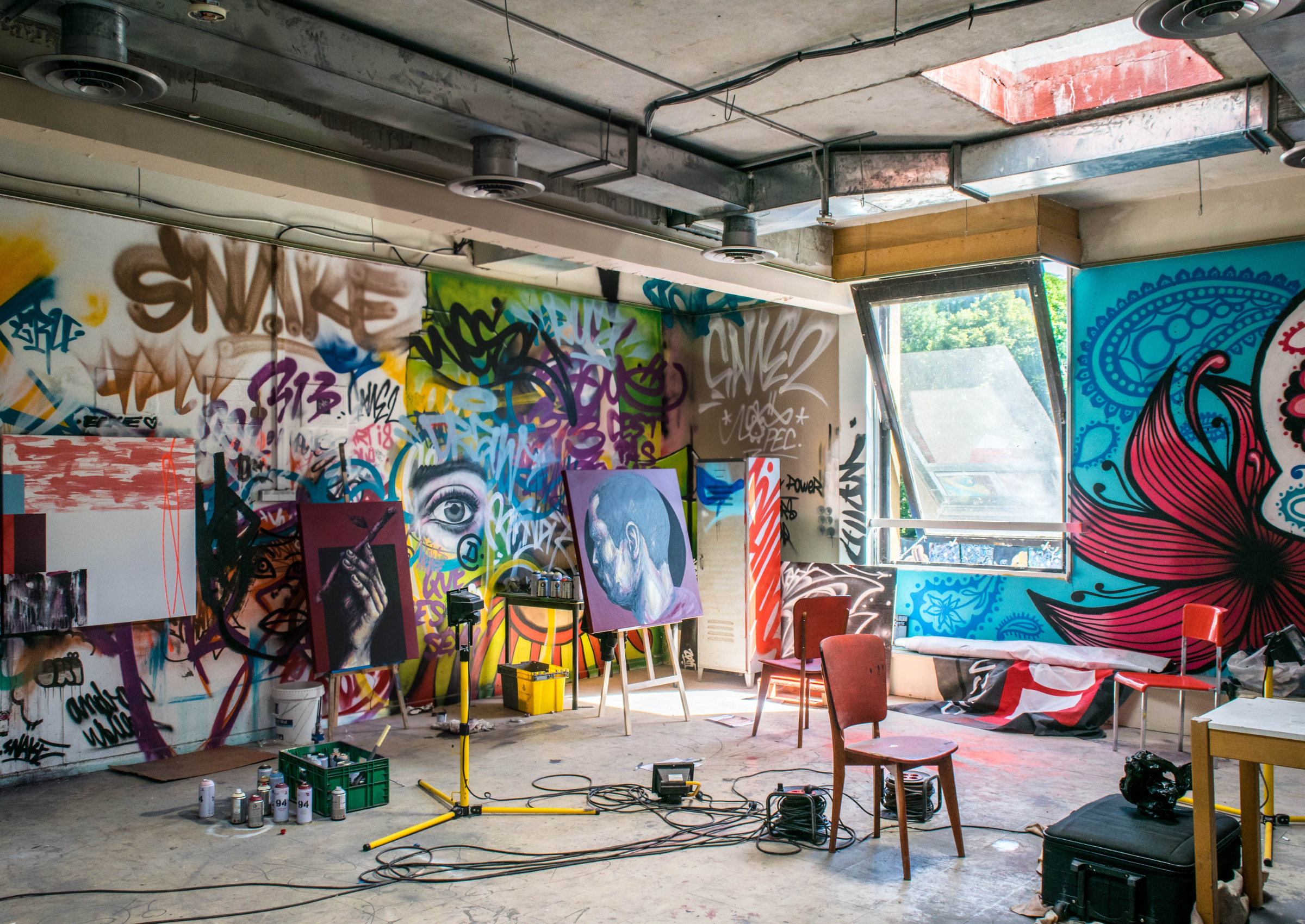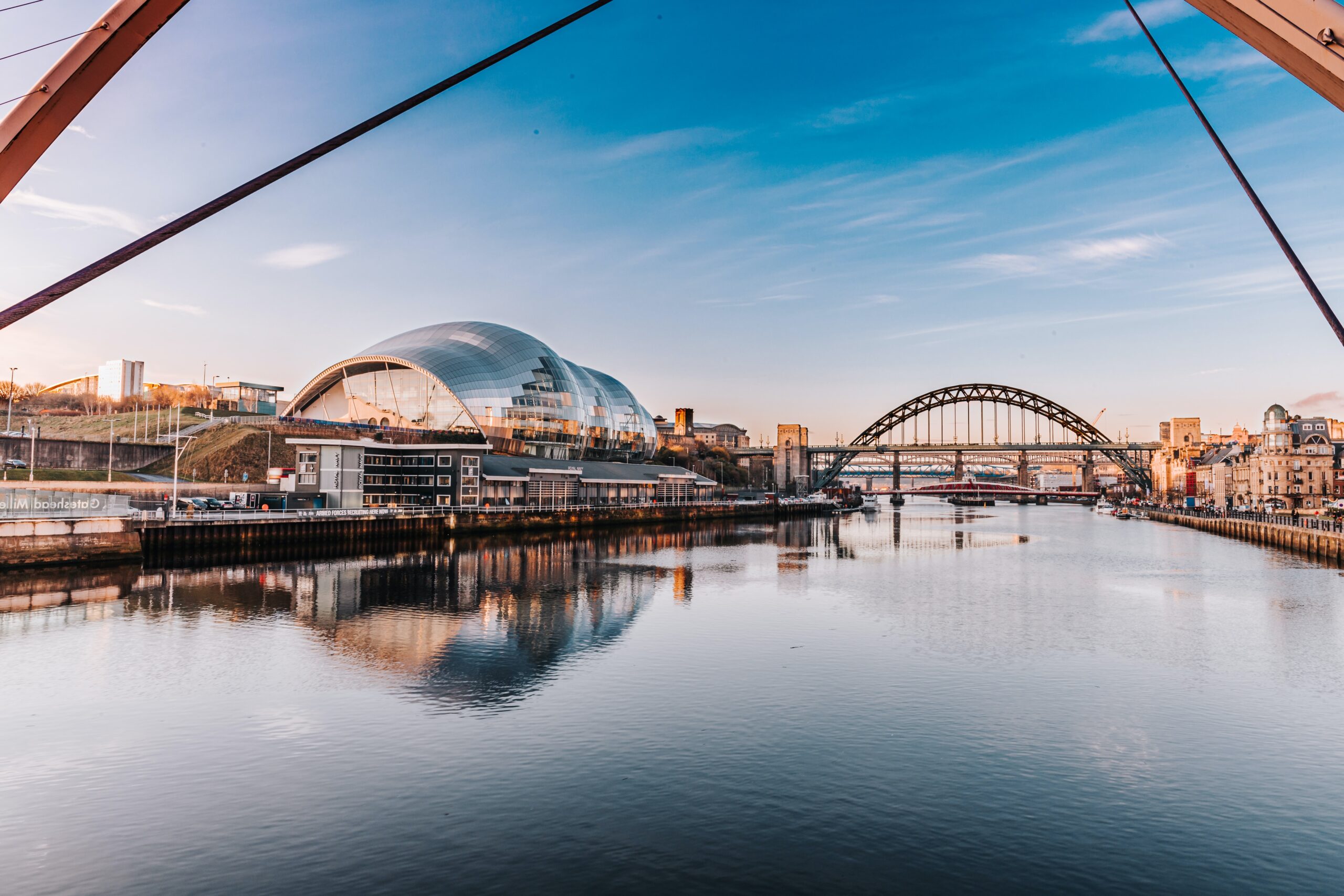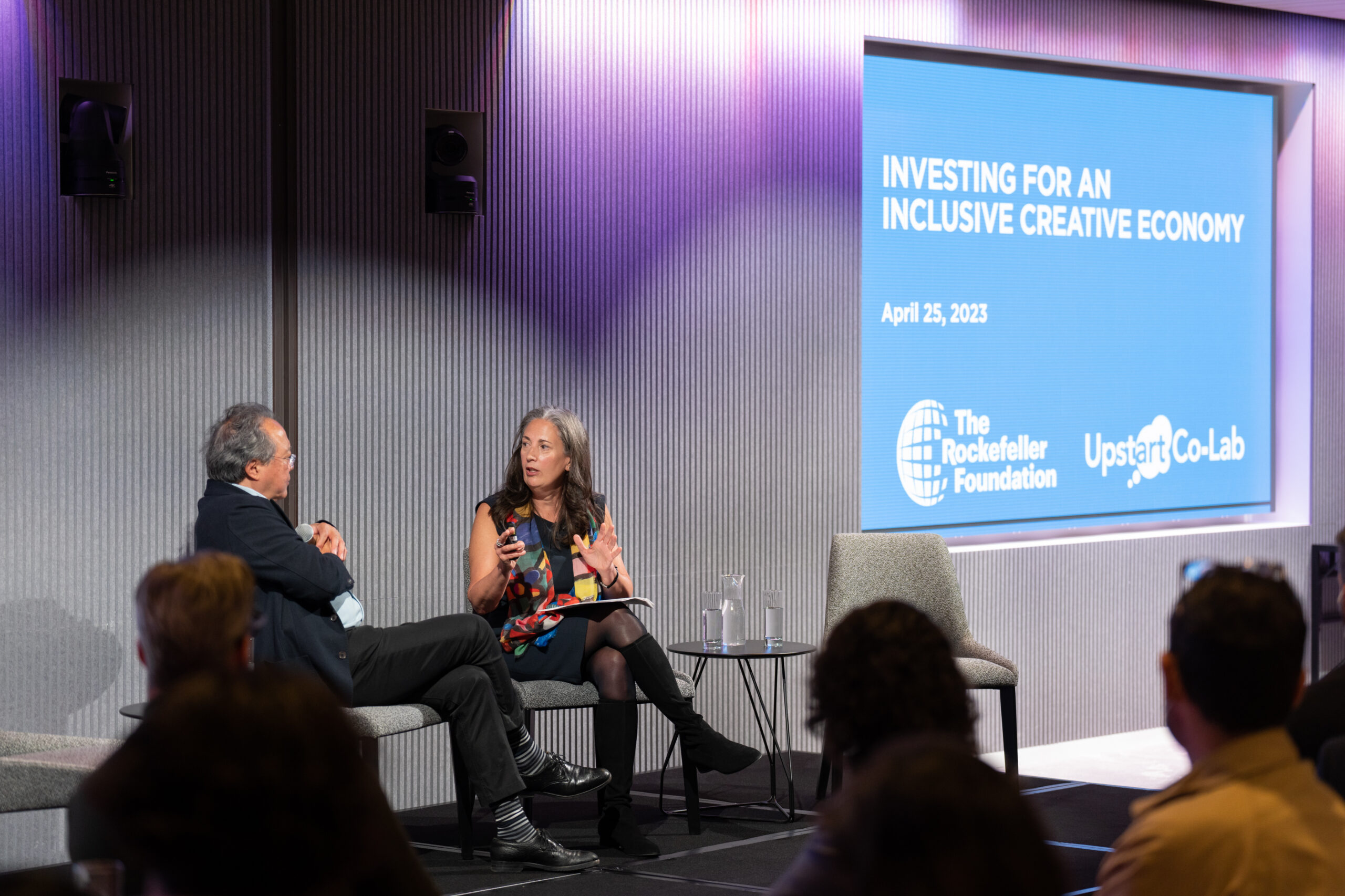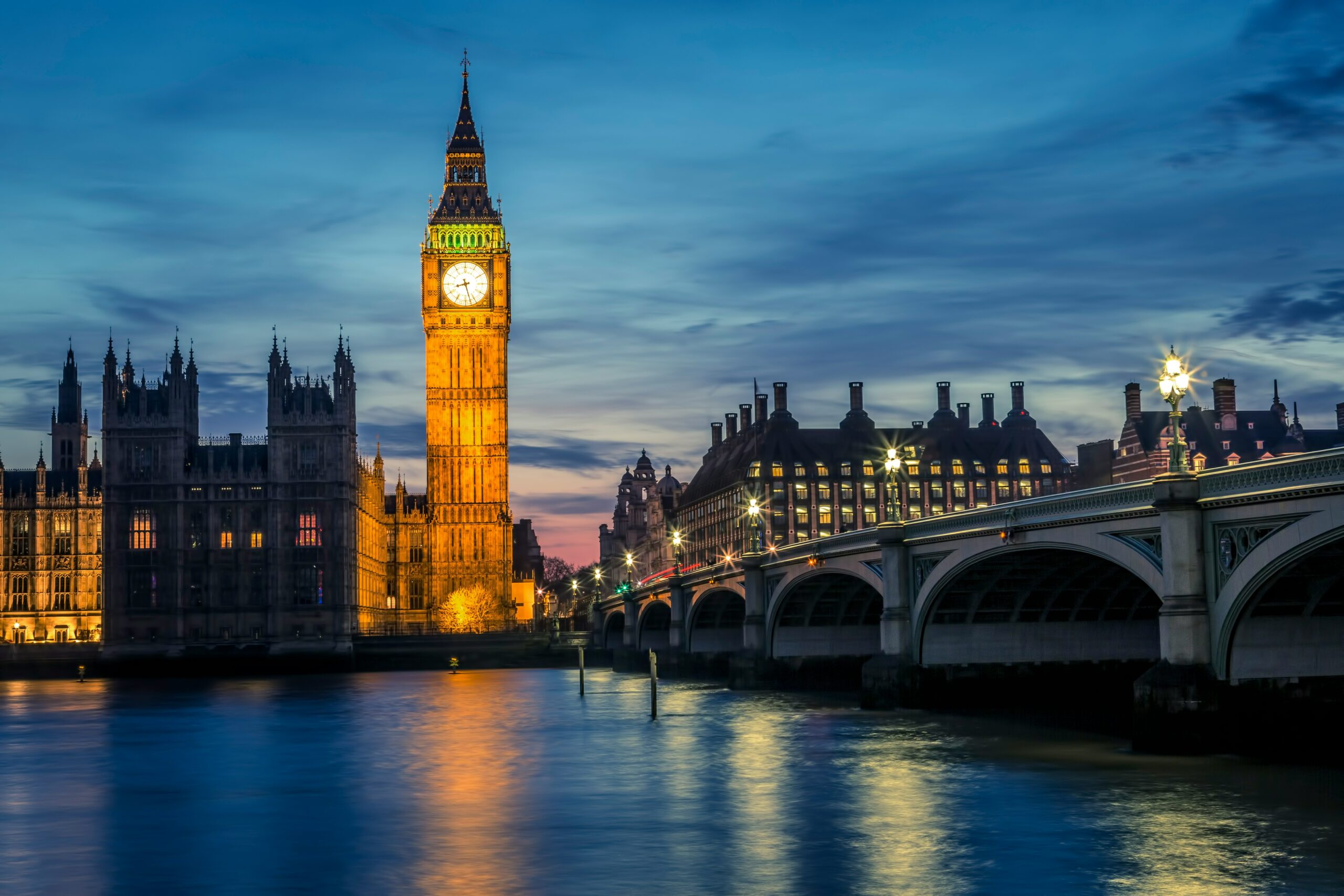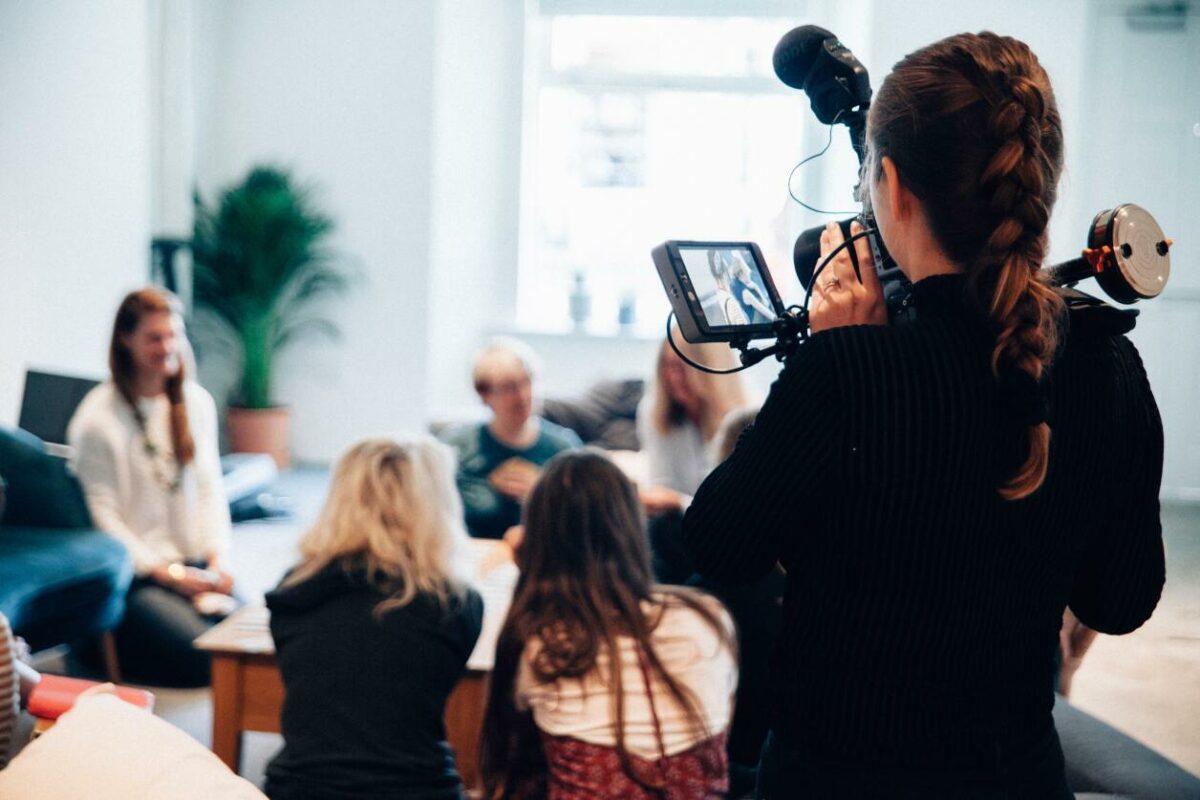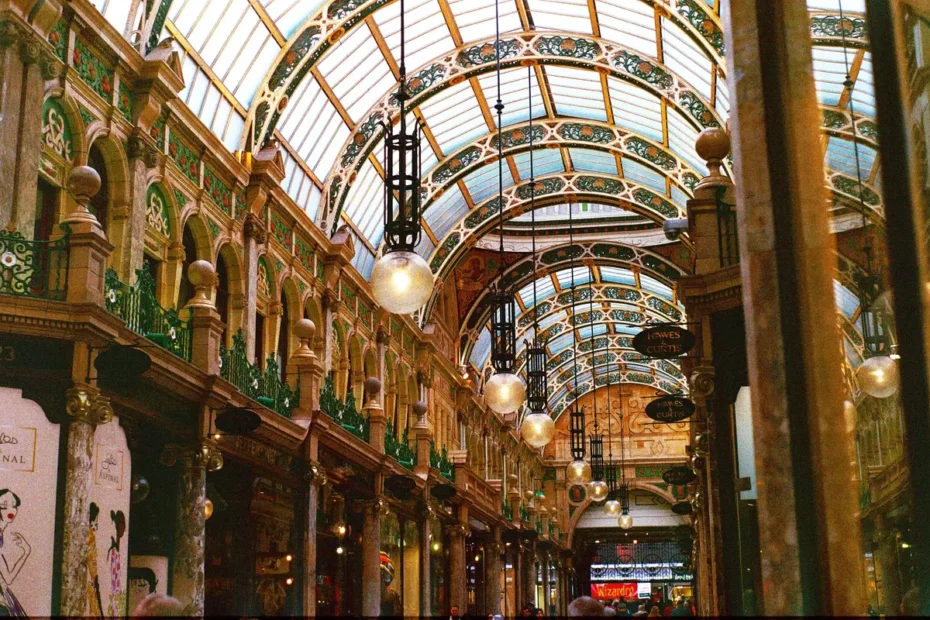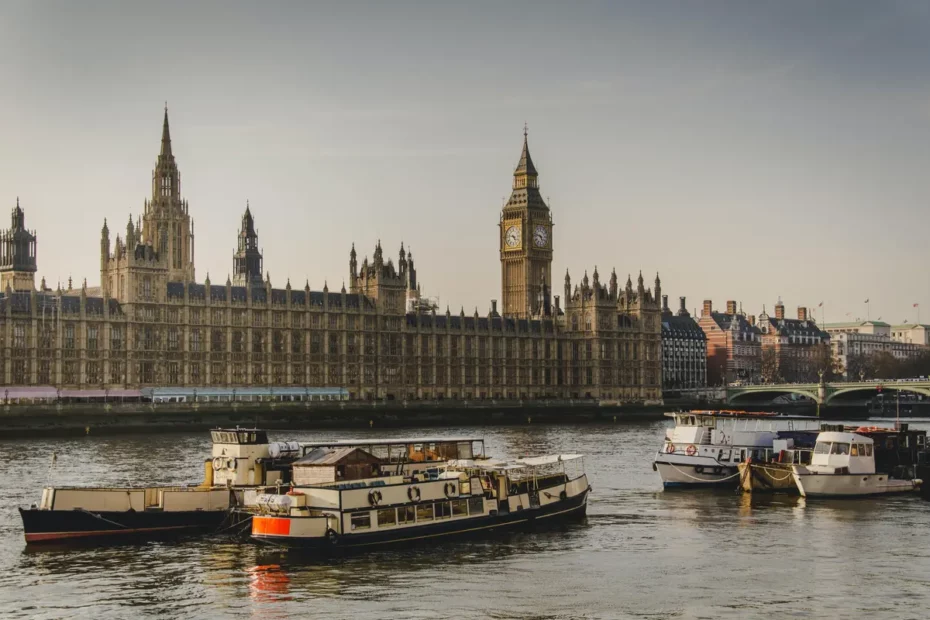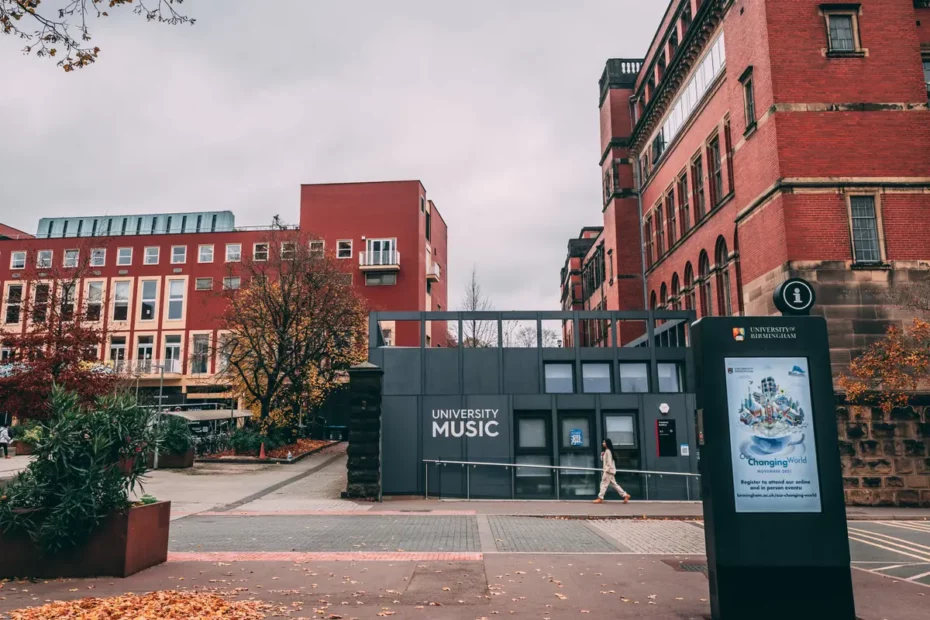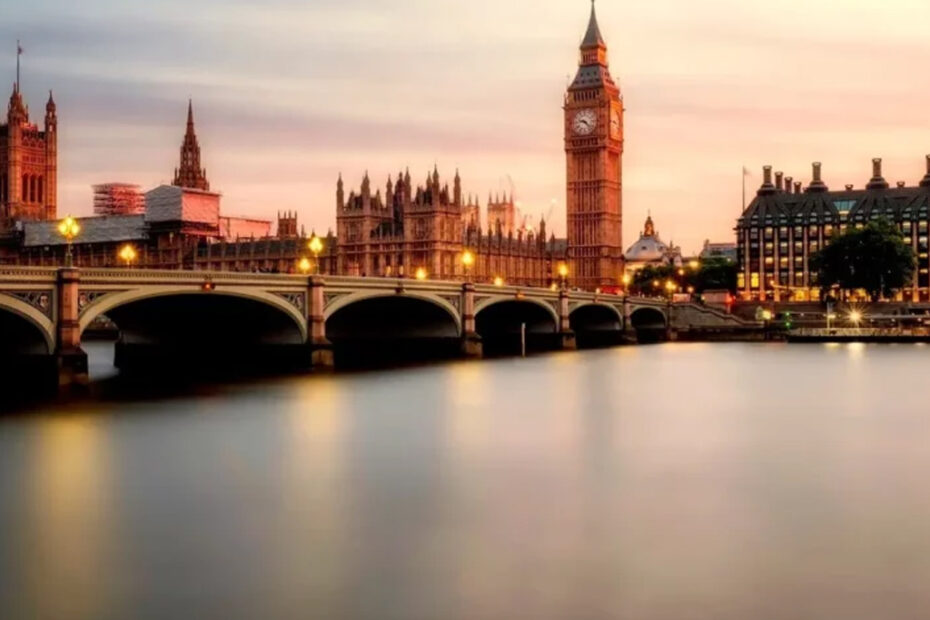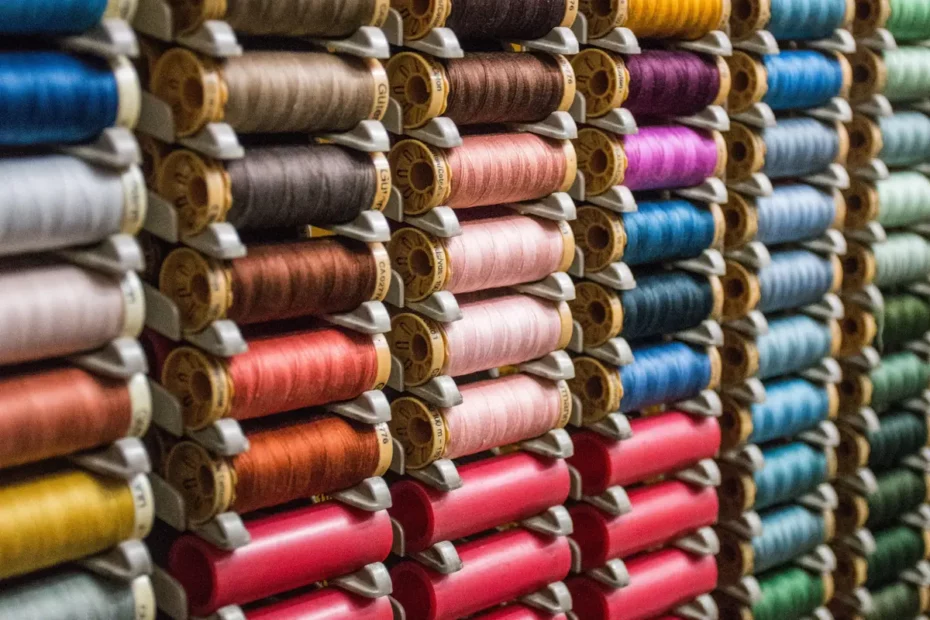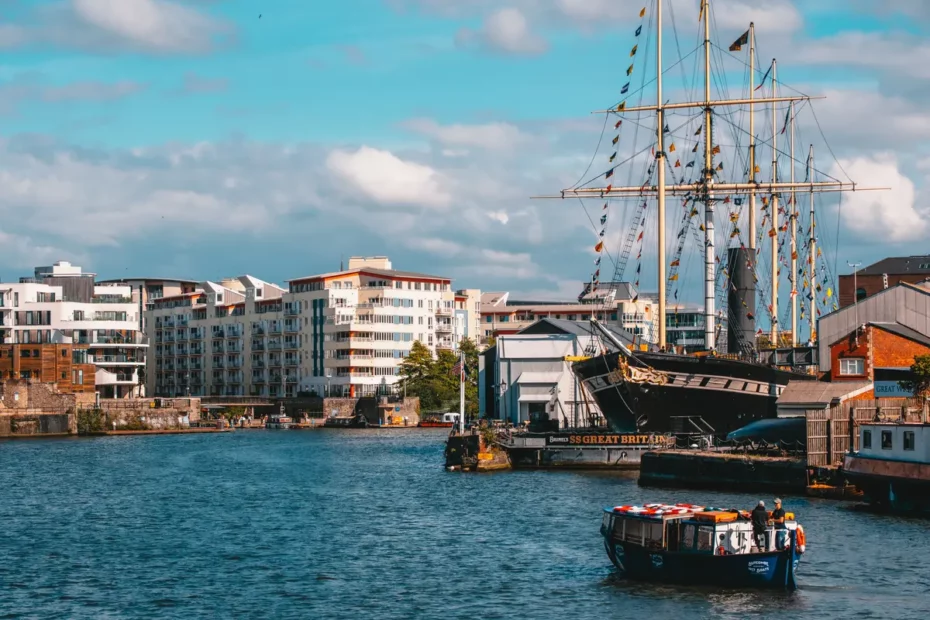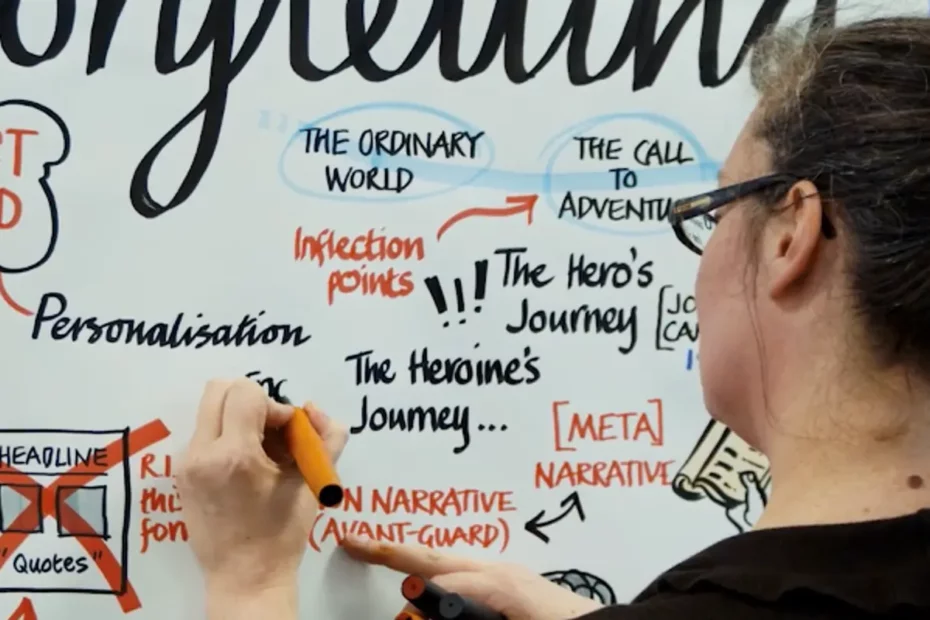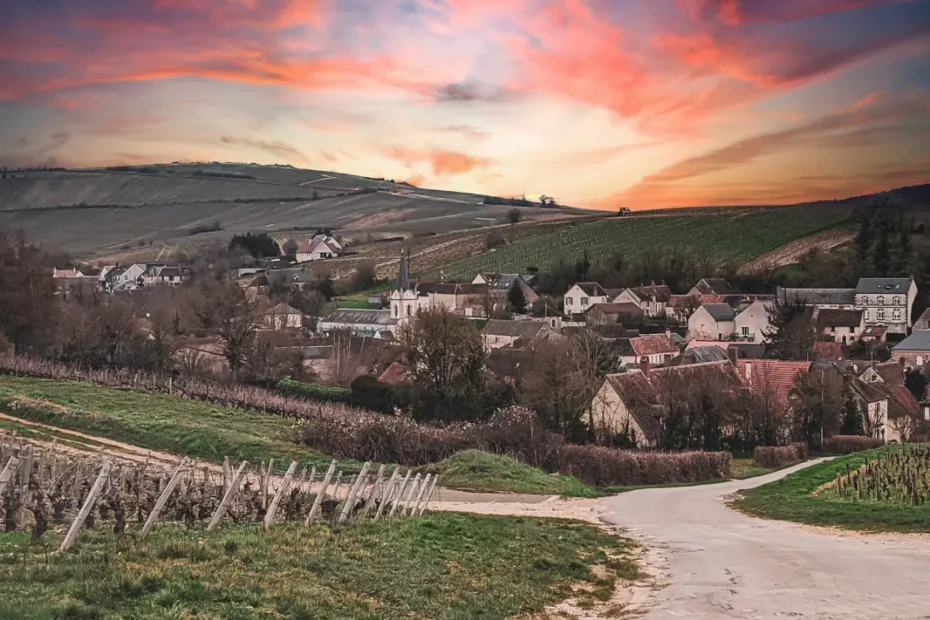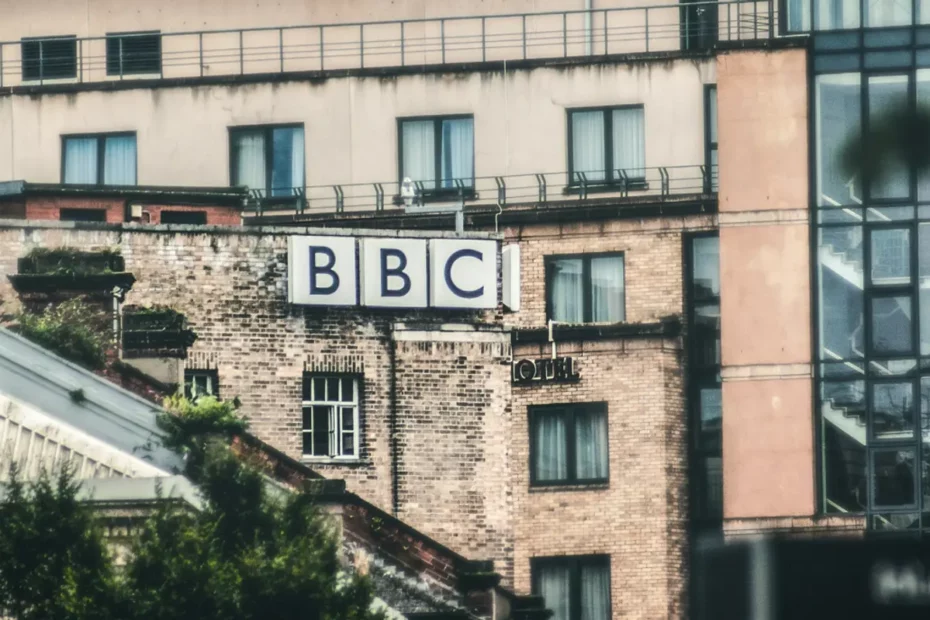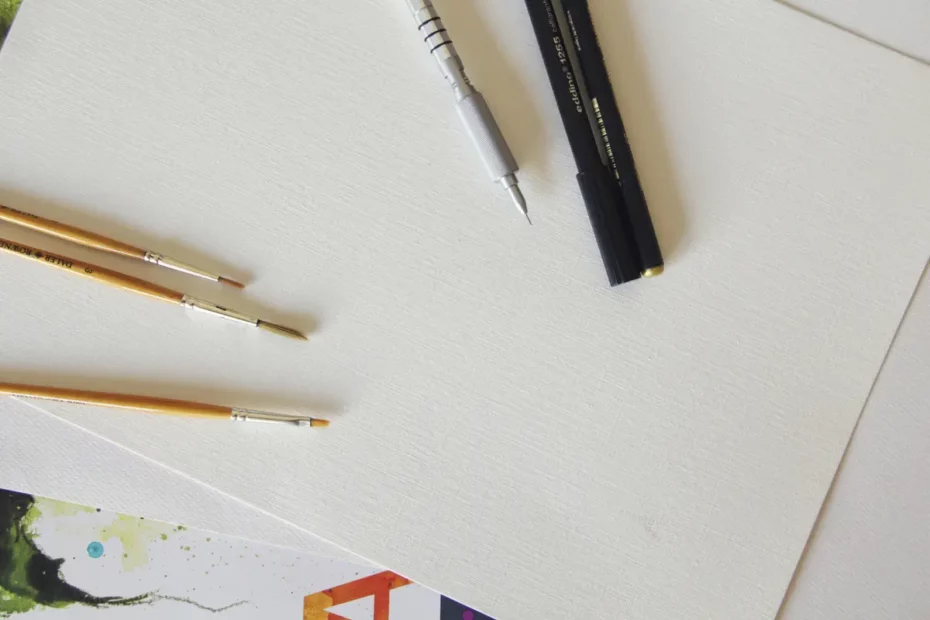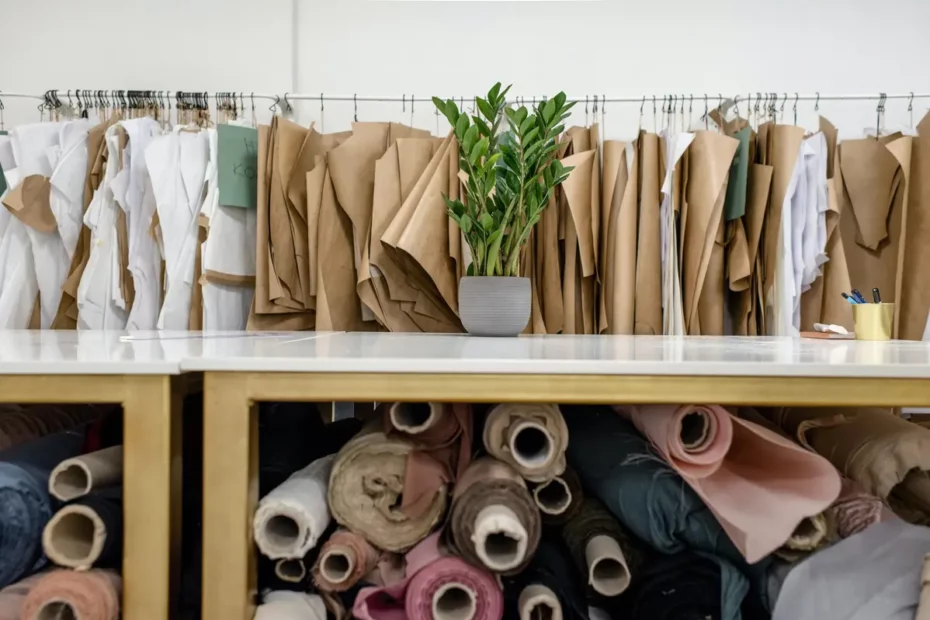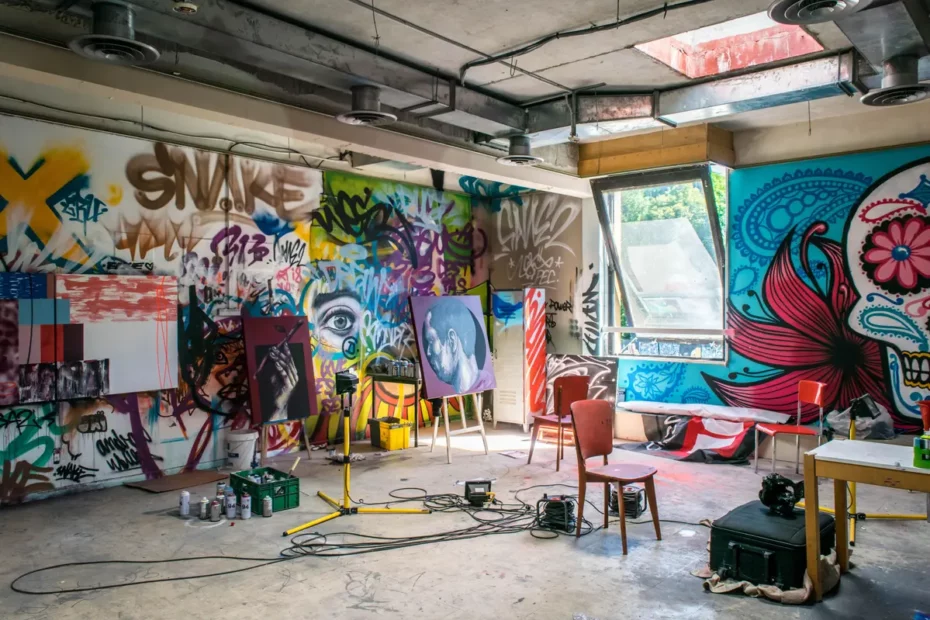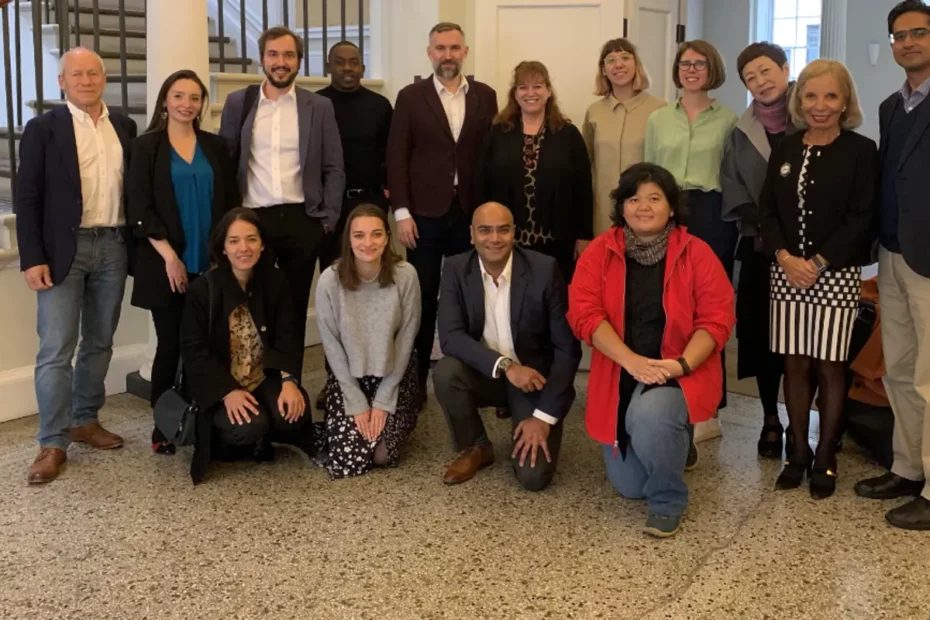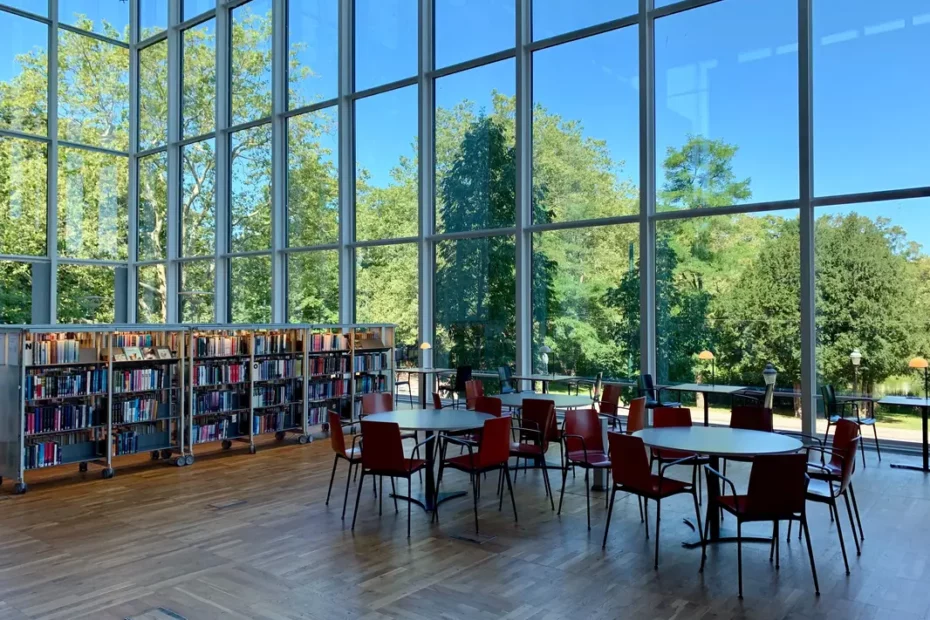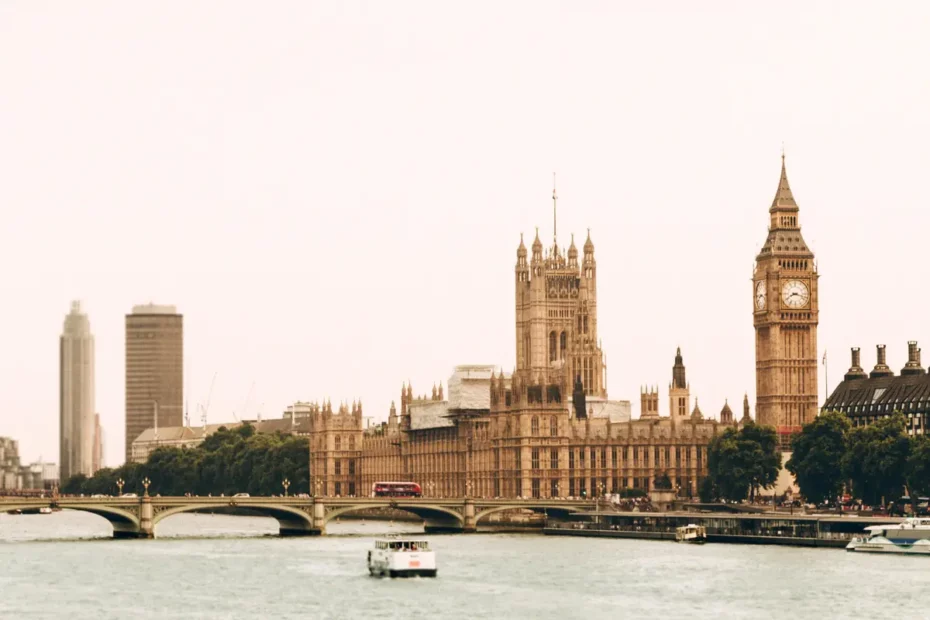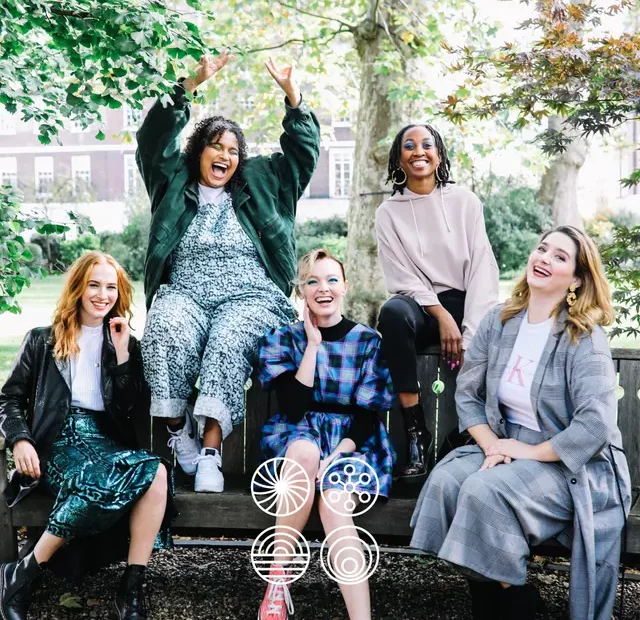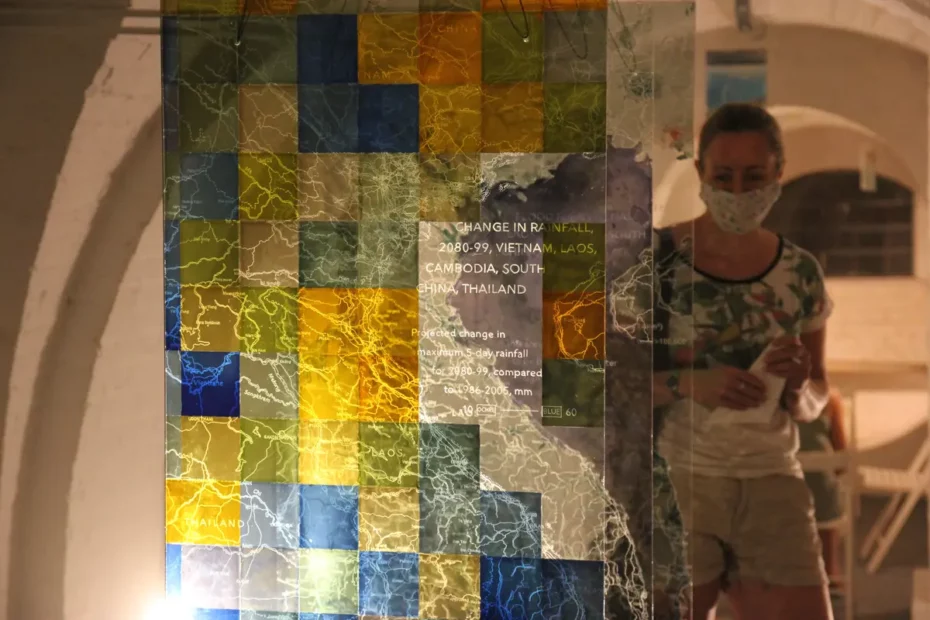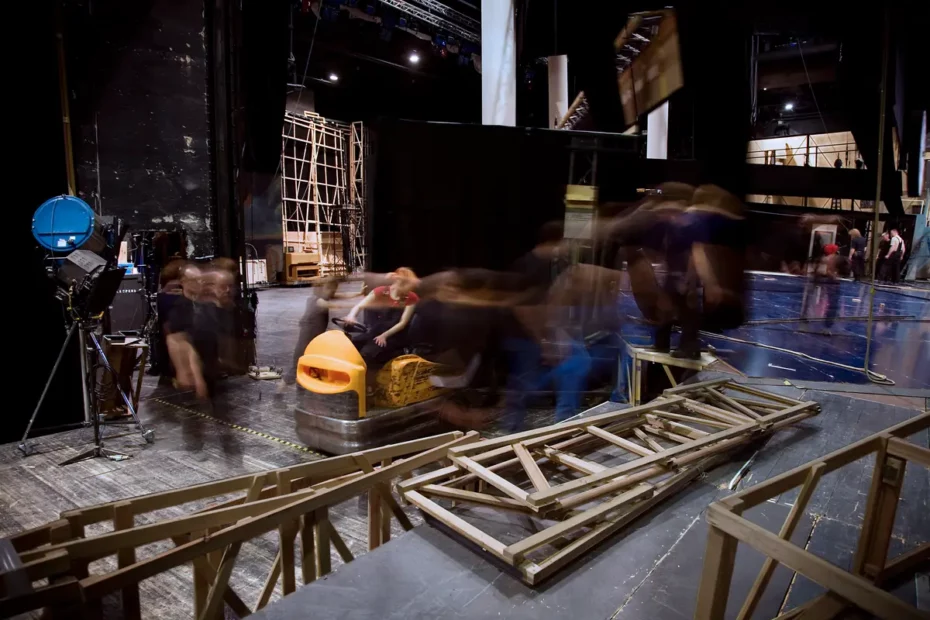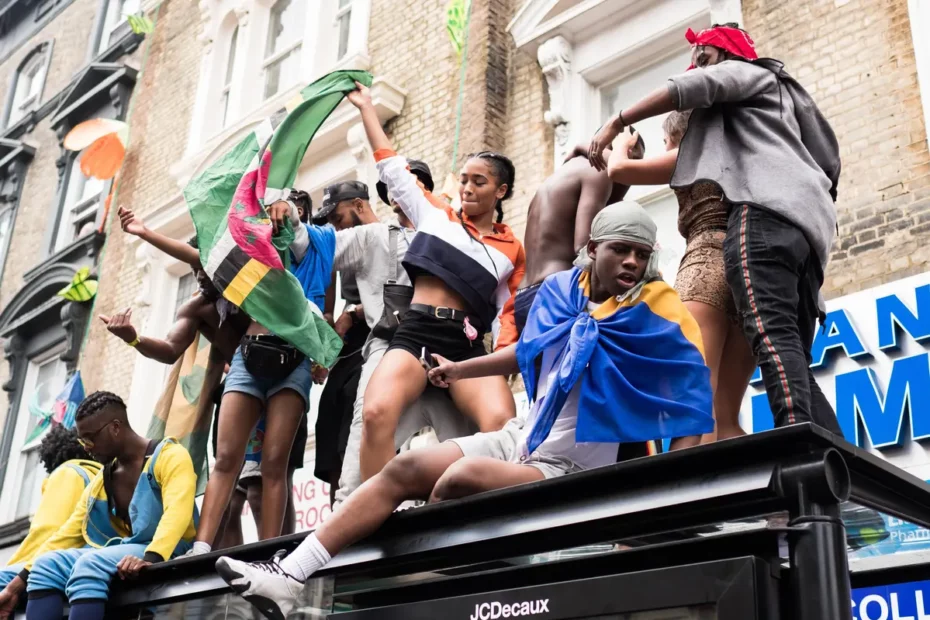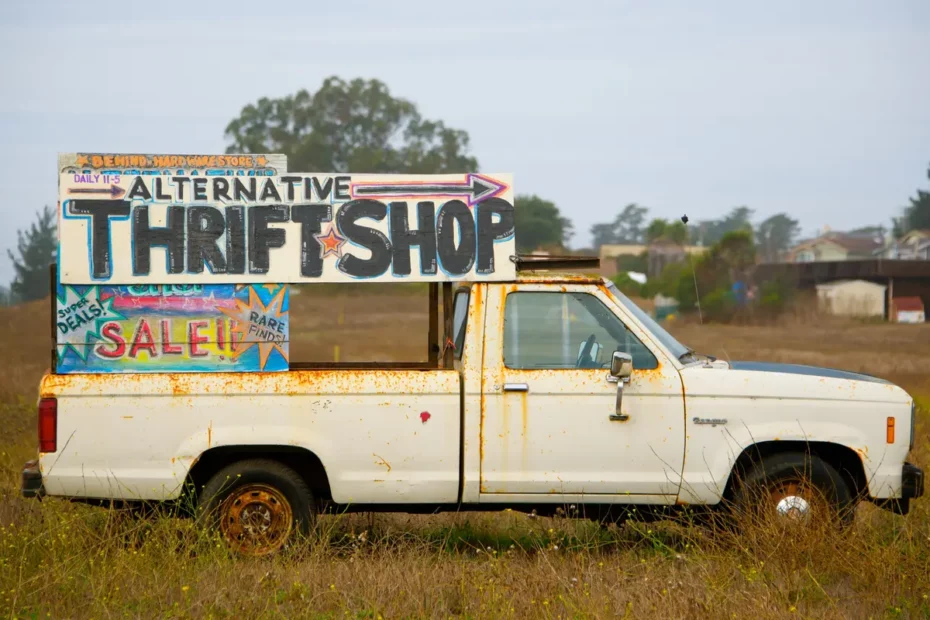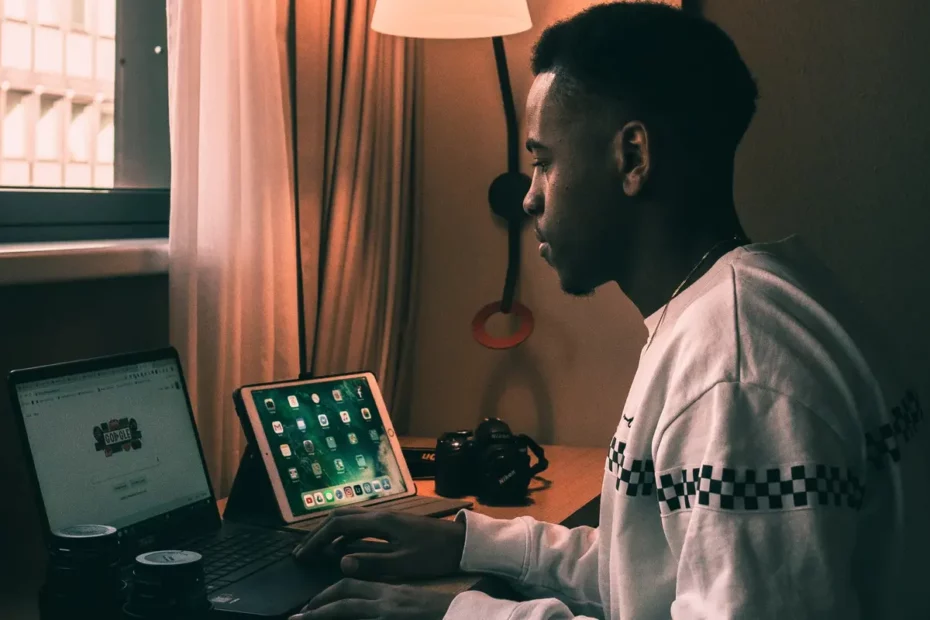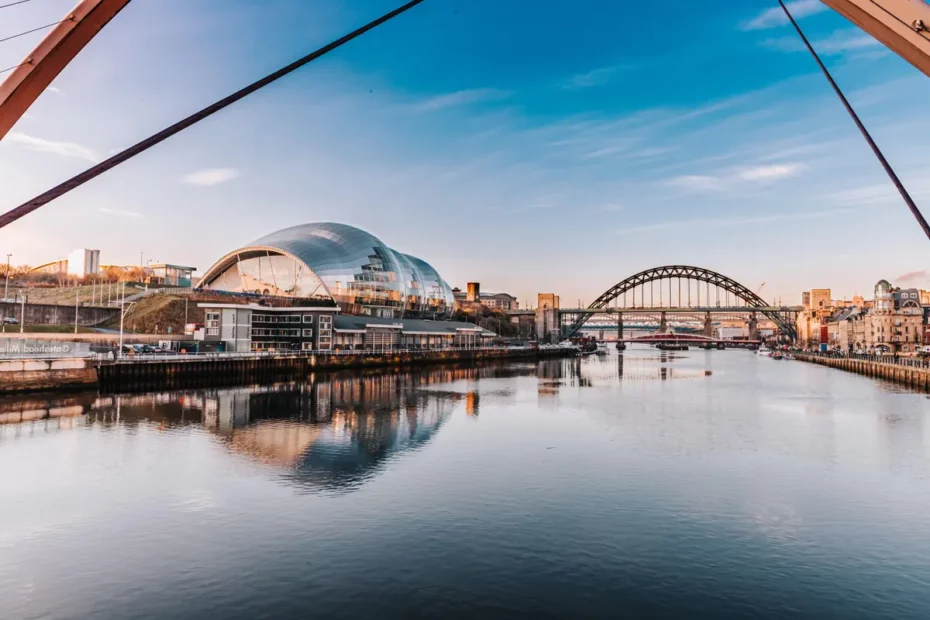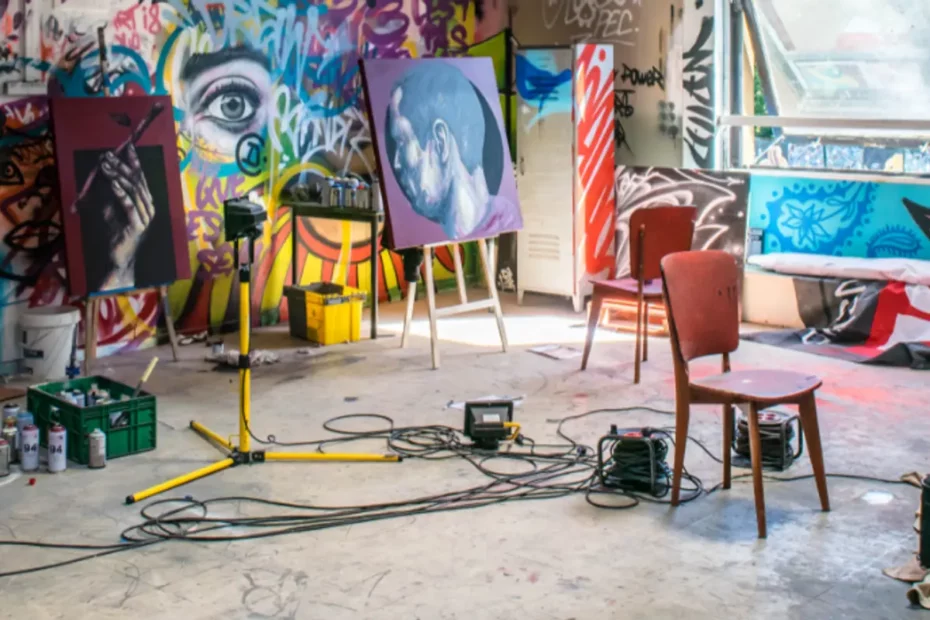Blog

The Mahakumbh Mela, India, 2025
The festival economy: A Priceless Moment in Time Worth GBP 280 Billion in Trade Jairaj Mashru looks …
Class inequalities in film funding
Professor Dave O’Brien, University of Manchester, Dr Peter Campbell, University of Liverpool and Dr …
Creative self-employed workforce in England and Wales
Dr Ruoxi Wang, University of Sheffield and Bernard Hay, Head of Policy at Creative PEC Self-employed…
What just happened to funding for culture in Scotland?
First the facts: Creative Scotland announced the outcome of its new Multi-Year Funding Programme on …
Copyright and AI – a new AI Intellectual Property Right for composers, authors and artists
Background The new technology landscape emerging from the super rapid progress in developing AI, Gen…
Creative PEC: A Year in Review
Looking back at Creative PEC in 2024 – a year of policy, research and industry achievements, events,…
Measuring the economic value of digital culture
What are consumers are willing to pay for digital streaming services, and how do we measure it?
Lifelong learning in the creative industries, part 2: the solutions
In part 2 of the blog, our Industry Champions discuss possible solutions to the challenges of lifelo…
Lifelong learning in the creative industries – part 1: the challenges
Our Industry Champions discussed the challenges faced in creative industries education and lifelong …
Creative Corridors: Connecting Clusters to Unleash Potential
Introducing the Creative Corridors framework.
Creative UK Access to Finance Survey: Share Your Views
Professor Hasan Bakhshi, Director Creative PEC and Josh Siepel, Research Lead, R&D, Innovation a…
Unlocking the power and potential of the U.S. creative industries
Cellist Yo-Yo Ma in conversation with Upstart Co-Lab Founding Partner Laura Callanan at “Inves…
Reflecting on a year of State of the Nations reports
We’ve now published a full cycle of our new ‘State of the Nations’ series – which use th…
Copyright protection in AI-generated works: Evolving approaches in the EU and China
Prof Kristofer Erickson discusses the different approaches the EU and China have taken in response t…
Creative PEC’s response to the Spring Budget 2024
Creative Industries in the 2024 Spring Budget The creative industries are a significant part of the …
Copyright protection in AI-generated works
Timely exploration of copyright law and AI generated creative content
The economic value of cinema venues to their communities
In a tough economic climate for cinemas and where there is limited public funding, it is important t…
Creative diversity in higher education
As the APPG for Creative Diversity launches their annual report, ‘Making the Creative Maj…
Estimating the Contribution of Arts, Humanities and Social Sciences (AHSS) R&D to Creative Industries R&D
The UK’s creative industries are hugely innovative; PEC research has suggested that over two-th…
The Media Bill and the future of Public Service Broadcasting policy
In March the government published the first draft of its long-awaited Media Bill. The Bill prop…
Creative spillovers: Do the creative industries benefit firms in the wider economy?
The creative industries are a force for innovation in the UK. Firms in the creative industries (CIs)…
The PEC’s response to the 2023 Spring Budget
The creative industries are a vital part of the UK economy. There are, however, some continued chall…
Re-imagining Channel 4’s Future
Michelle Donelan, the Secretary of State for Digital, Culture, Media & Sport, has formally …
A new deal for arts funding in England?
When thinking about why we publicly fund the arts, we can point to their multifaceted benefits. Not …
Too many demands are being placed on universities to support their regional economies, without sufficient support and partnership
The creative industries have long been heralded as a UK success story. The creative economy grew at …
Can you own a pixel?
This blog is based on the discussion paper Crypto Art and Questions of Value, a guide for anyon…
What the Autumn Budget means for the Creative Industries
With the UK almost certainly entering a recession – Q3 has seen negative GDP growth – and inflation …
Trade in creative services: scale, trends, and geography
Creative services such as advertising, publishing, and design are an important part of global trade.…
How data analysis of colour can help courts make objective decisions about trademarks
The overall appearance of a product or service is called ‘trade dress’, according to trademark law. …
How a placed-based employment programme is bringing creative workers back to Northern Ireland
The Department for Communities (DfC) recently awarded £4.7 million to Future Screens NI (F…
New research suggests regulation could actually enhance user-creativity on the platform giants
Video-sharing platforms such as YouTube, Vimeo, and TikTok provide a free space for everyone to shar…
Eight things to know about the Creative Industries
What are the Creative Industries? The Creative Industries are a diverse and complex sector made up o…
How to find out more about your local Creative Industries
How those bidding for levelling up funds can find out more about their local Creative Industries Alt…
Creative Clusters Case Studies
Creative Clusters – Case Studies The creative clusters in these case studies share some common…
How Research and Innovation can help level-up the Creative Industries
The Levelling-Up White Paper produced by the Department for Levelling-Up, Housing and…
Class inequality in the Creative Industries is rooted in unequal access to arts and cultural education
There is an incoherence at the heart of government policy. While Culture Secretary Nadine Dorries is…
How can policy makers help rural creative businesses contribute to Levelling Up?
The creative industries have the potential to play a major role in the development of rural communit…
Channel 4: Streaming on the world stage? Competing in the Changing Media Landscape
On April 28th, ‘The Government’s Vision for the Broadcasting Sector’ (CP 671) was published. The Whi…
Envisioning Broadcasting Anew: the future of UK broadcasting policy
Last week the Department for Digital, Culture, Media and Sport (DCMS) released its long-awaited …
Privatising Channel 4: The evidence behind the debate
On April 4th the government confirmed its plans to privatise Channel 4, the UK’s publicly …
Differences in creativity across Art and STEM: We are more alike than unalike
There is a rapidly growing body of international evidence(1) that skills such as creative probl…
How our Industry Champions helped define our policy priorities for 2022
The creative industries is a wide and evolving sector. As such, when developing policy recommendatio…
Key Facts About R&D in the Creative Industries
R&D plays a key role in the innovation processes of many businesses, and is also a driver of eco…
Agile innovation funding is the solution for the UK Creative Industries
In 2020, during the height of the first Covid wave, Innovate UK ran a multi-million pound funding co…
A new age for the creative industries…and the UK
Back in October last year, Peter Bazalgette, Chair of ITV, made an inspiring speech where he argued …
Creative R&D: where are we now?
It’s five years since Nesta first identified “Creative R&D” as a distinct and distinct…
How lessons from UKRI’s Creative Industries Challenge Programmes should transform the way we invest in R&D
After 20 years of evidence gathering, the economic importance of the Creative Industries is widely r…
How to support the creative industries around the world
‘We need a change in mindset’ On 7 December 2021 the PEC’s International Council launched …
What value Higher Education?
Education is an investment, and not just in a narrow financial sense. It is often life changing, and…
Wired! How 24/7 culture can put pressure on social media employees in the creative industries
What can professional networks, industry, funders and policy-makers do to ensure that digital worker…
PEC’s comment on the 2021 Spending Review and Autumn Budget
The UK’s creative industries – from film to fashion, and from video games to the performing ar…
Managing transition in the UK fashion sector
The UK fashion industry, like other sectors, is experiencing significant transformation due to the c…
Art, climate science and policy
Can art play a role in the intersection of climate science and policy? I have been researching …
How theatre can contribute to the UK’s net-zero targets
“It is with ambition, courage and collaboration as we approach the crucial COP26 summit in the UK th…
Investment into R&D will be vital for the recovery of creative and cultural organisations
The summer and autumn of 2021 has been busy for those researching the impacts of the pandemic on the…
What works to support equity, diversity, and inclusion in the Creative Industries?
Inequality is currently a key concern for academics, policymakers, and the public. In the UK we can …
The austerity decade: local government spending on culture
Local government has been hit hard by austerity. On average, grants from central to local government…
When policy meets place: ‘Levelling Up’ and the culture and creative industries
The UK Government’s ‘Levelling Up’ agenda aims to address regional disparities in economic prosperit…
Plugging the Data Gap: Freelance Workers in the Creative Industries
The Covid-19 crisis has highlighted the lack of available data on the self-employed and freelance wo…
How differently has the creative workforce fared under COVID-19?
Previous PEC research undertaken in partnership with the Centre for Cultural Value shows how the cre…
One size can’t fit all
On February 10th the House of Commons Treasury Committee published the latest report of their i…
Freelancers in the Dark
This blog is based on the Freelancer in the Dark Interim Report #1 which will be published…
How the pandemic is impacting creative sectors around the world
The creative industries have been severely impacted by the COVID-19 crisis. Over the past months our…
The Brexit shock in the UK’s fashion and textile industry
While the dreaded no-deal scenario did not materialise when the UK left the EU single market and cus…
A little greyer and a bit more rectangular?
Using online museum collections to study the design of everyday objects A little greyer? We tracked …
What does the Skills for Jobs White Paper mean for Creative Industries?
A good start but the devil will be in the detail Last week, after much anticipation, and numerous le…
The UK-EU Trade and Cooperation Agreement
We got there: a deal better than no-deal was eventually found. The two parties started with differen…
Gating the gatekeepers
The responsibilities of platforms for their content is changing, in the UK, in the EU and globally T…
The impact of Brexit on UK’s cultural and creative sectors: More heat than light?
The creative industries have been a pillar of the UK’s industrial strategies in the past two decades…
A jobs crisis in the cultural and creative industries
The impact of COVID-19 on the creative industries, and particularly on the cultural sector, has been…
Why regulating the public sphere matters more than ever
Schlesinger argues that in capitalist democracies we can only guess at how the post-public sphere wi…
What we learned about digital cultural consumption as we went in and then came out of lockdown
Lockdown has had a calamitous impact on the arts and cultural sector, especially, but by no means ex…
Small engines of growth: Understanding creative microclusters
Think about a creative cluster: What comes to mind? Creative clusters are the buzzing centres of the…
Who is working second jobs in the creative economy?
Recent reports that Chancellor Rishi Sunak suggested cultural and creative workers find alternative …
Free-time, leisure, culture and learning in 2020
The beginning of this new decade, the 2020s, was marked by irreversible disruptions. For the first t…
